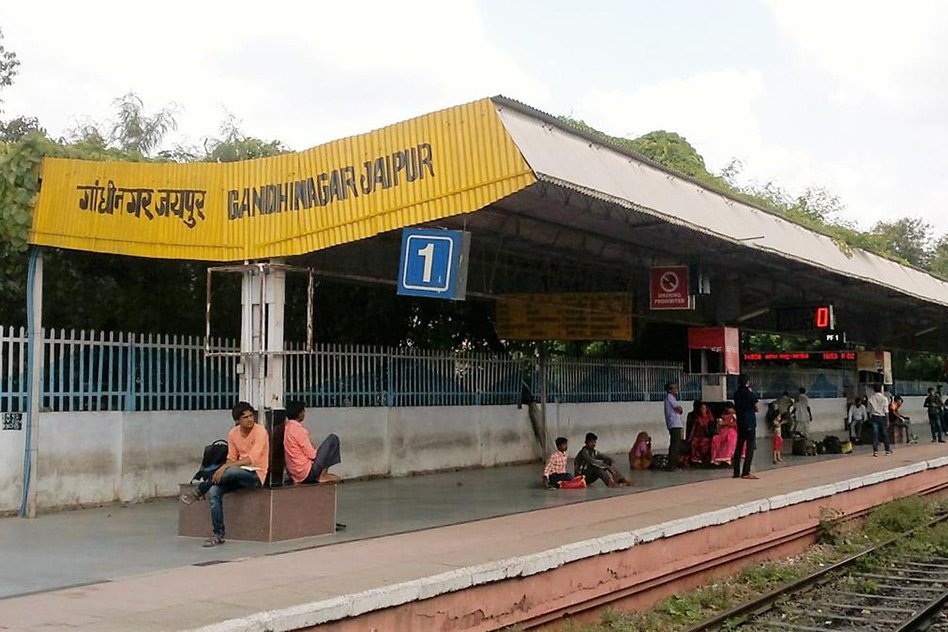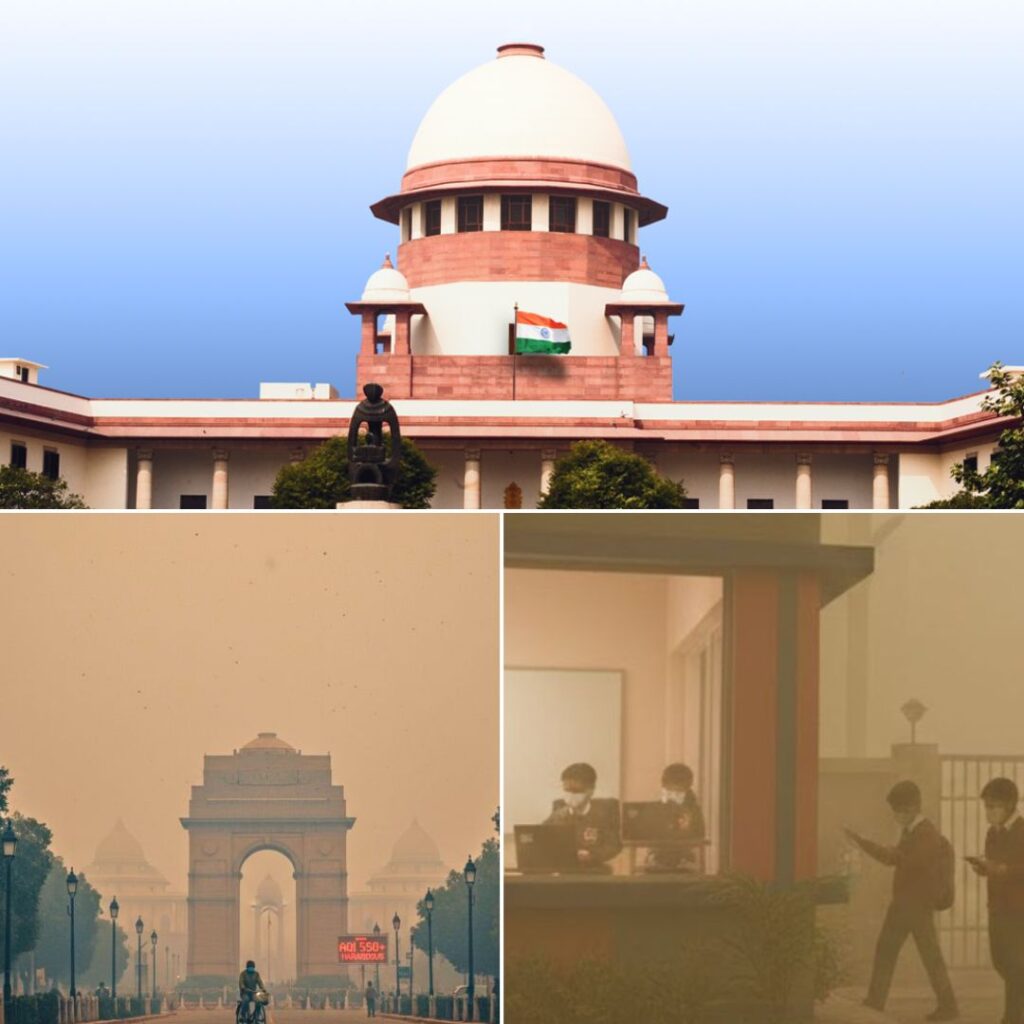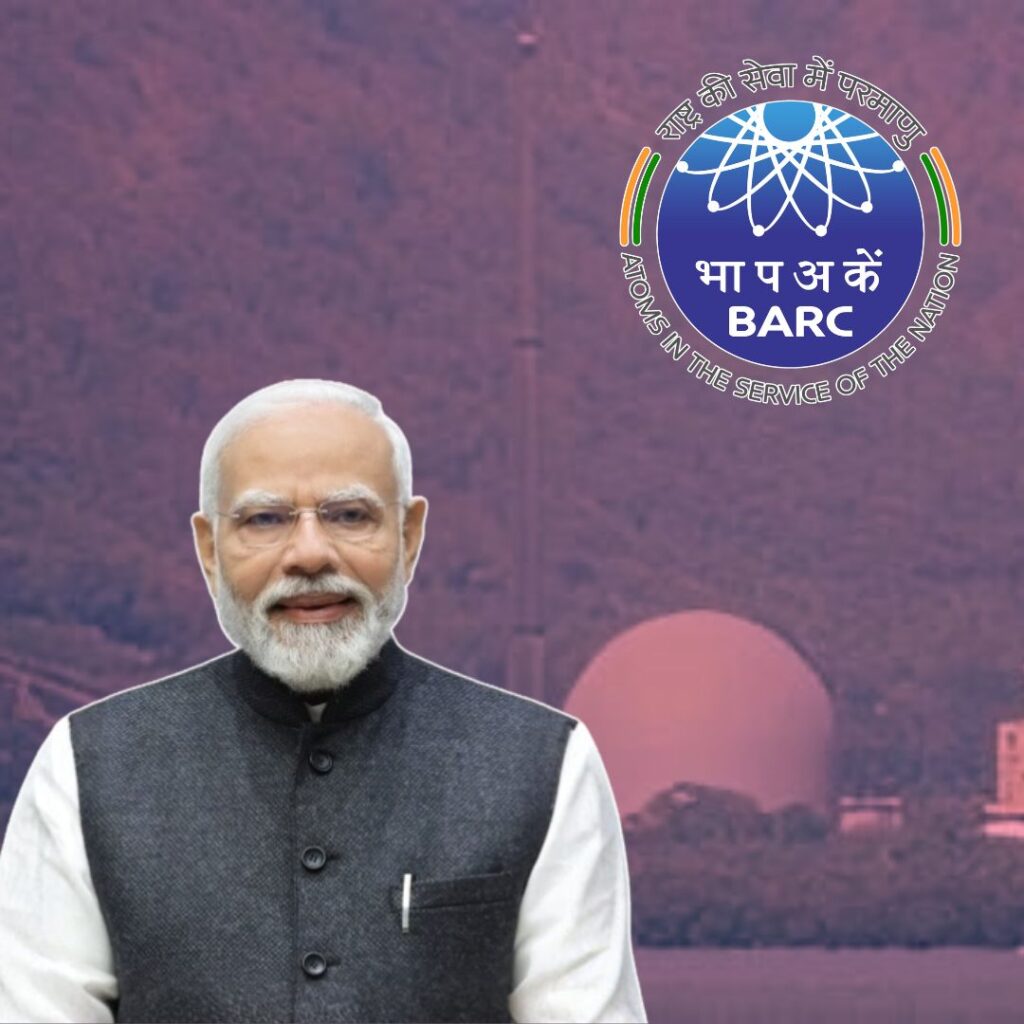Source: Factly | Author: Rakesh Dubbudu | Image Source: irctc-co.in
Every year, the Ministry of Railways receives numerous requests from State Governments, Members of Parliament etc for addition of new stoppages to existing trains. But how does the Railways decide whether a new stop has to be provisioned? At least in theory, the Railways has a policy based on which a decision on new stoppage is taken.
New Stoppage should recover cost
The Ministry of Railways came up with a new stoppage policy in 2005. This policy was built upon earlier such policies made in 1987,1991 and 1992. Based on the new policy, the following must be considered before any new stoppage is planned or an existing stoppage is to be withdrawn for mail, express and superfast trains.
- Cost of Stoppage: The current cost of a stoppage ranges from Rs 12716 to Rs 24506 based on various factors. Any new stoppage should be able to recover such a cost.
- A minimum of 40 or more sleeper class tickets per day per train for a distance of 500 km or its equivalent fare in case of other classes of travel, have to be sold to recover the cost.
- No new stoppages are to be provided if the trains are passing at odd hours.
- No additional stoppages to long distance trains in suburban sections.
- No additional stoppages in sections with a capacity utilization of more than 90%.
The costs have to be calculated based on the existing fares for various classes.
Other Criteria to be considered
In addition to the above, the following criteria should be also considered before deciding on any new stoppage or withdrawal of an existing stoppage.
- Total sale of tickets at the station for both UP & DOWN direction for all the trains already stopping at the station, distance wise, class-wise & cost-wise
- Trains already stopping, availability of alternative services, convenience & occupancy of the existing services
- Effect on line capacity of the section and punctuality of trains
- Population & significance of towns/cities & new developments taking place
- Nature of the train & occupancy of the train for which stoppage is demanded
- Operational constraints etc.
- Pattern of traffic at the station
- Passing time of the train at the station.
New stoppage to be approved along with withdrawal of an existing stoppage
The Railways in 2006 realized that there is going to be no end to the demand for additional stoppages for express and superfast trains. It also realized that extra stoppages will have adverse impact on the operational utilization and line capacity. Hence it proposed that all Zones proposing new stops should also propose an existing stop for withdrawal where the patronization of the train is least.
Whether all of this is happening when a decision on new stoppage is being taken is anybody’s guess.











